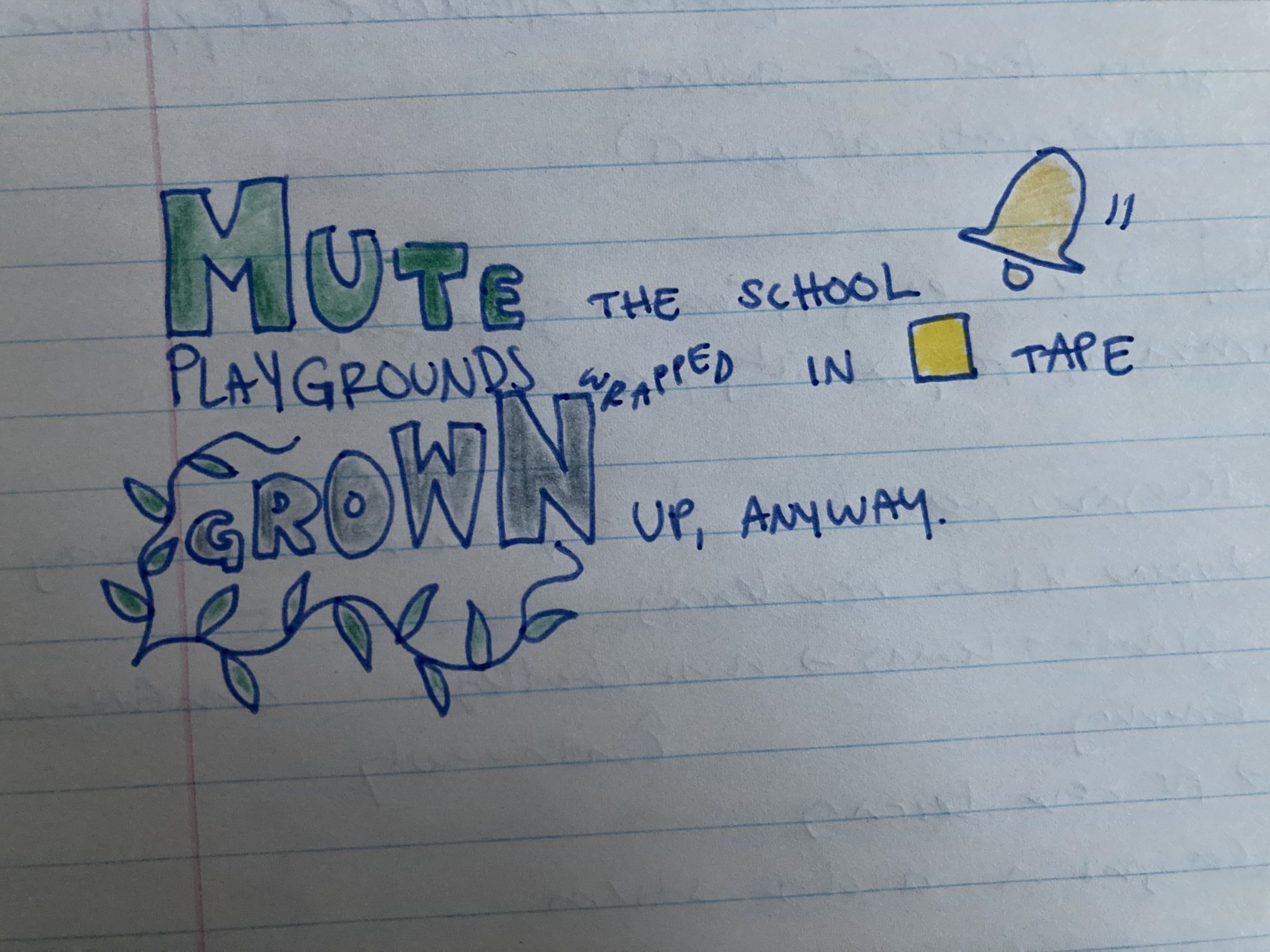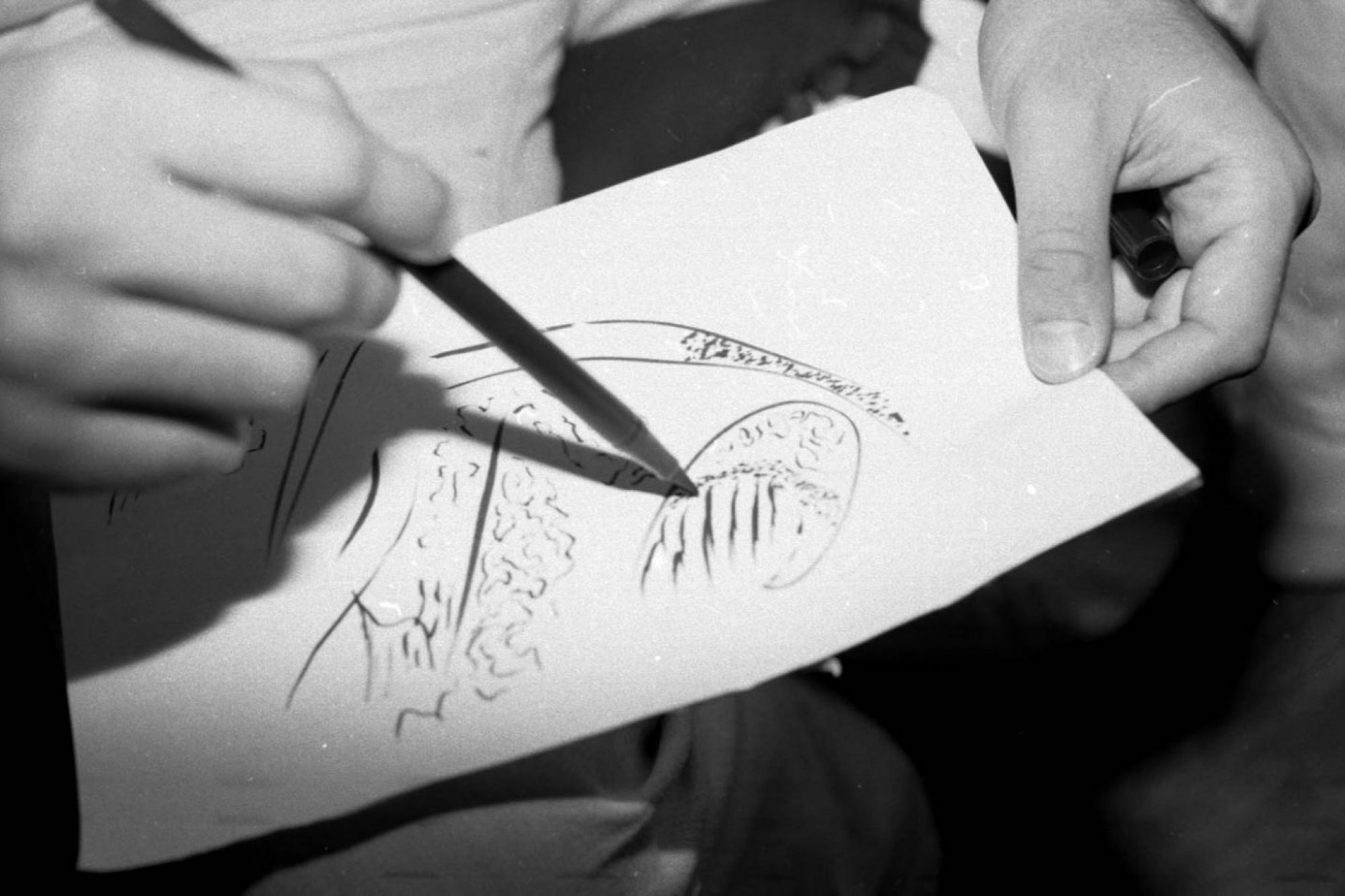
The Lil’wat Nation is an Indigenous community located in Mount Currie, British Columbia. My Inquiry professor, Marie-France Berard, shared the Lil’wat Principles with my Art cohort, which led me to read Indigenous Principles Decolonizing Teacher Education: What We Have Learned.
“Decolonizing Teacher Education.” What does that mean? Education has continuously been derived from a top-down model. Decolonizing education requires the teacher to also be invested and open to learning from/along with students. The teacher is the centre of “expert knowledge” and learning is a process of how well students can retain and repeat the knowledge and thus be rewarded (Sanford et al. 19). I can remember being in elementary and high school. I was a hungry learner and was driven by marks and praise. At what point does this type of self-sufficient motivation stop if it continuously benefits the individual?
I love this idea that Sanford, Williams, Hopper and McGregor put forth: educators need to open up the “third space” (20). As Sanford et. al. suggest, “learning is emergent” (20). This space, especially the classroom space, is where students should feel comfortable to question the content being taught and for educators to be flexible in their approaches to teaching. I can think of many times during my practicum where I needed to take a step back and realize I needed to slow down and really unpack the content I put forth, especially those regarding sometimes difficult knowledge (usually regarding race, class and gender that challenge previous universal truths and beliefs). I’ve invited students to take out their mobile devices to do research on current events to help enrich everyone’s understanding.
When students and teachers learn together, this invokes a sense of community and shared purpose (Sanford et. al. 24). Kamúcwkalha is Lil’wat word and principle that means that the group acknowledges that they each have a role and responsibility in creating a safe space for sharing ideas (Sanford et. al. 24). After I set the groundwork for small partner activities and get to know the students, group work becomes less daunting. In my photo and art classes, I’ve introduced activities where students alter their peer’s work, provide feedback, or work in groups to create a piece. When I observe students teaching others, I can sense their pride (Sanford et al. 29). Yet at the start of group-work, so many of the students are resistant and apprehensive. Where does this discomfort of shared responsibility and putting another’s learning before yours stem from? An education system that has privileged individualism for years.
Stay tuned for tomorrow’s post about Cwélelep; another Lil’wat principle that resonates with my teaching philosophy.
